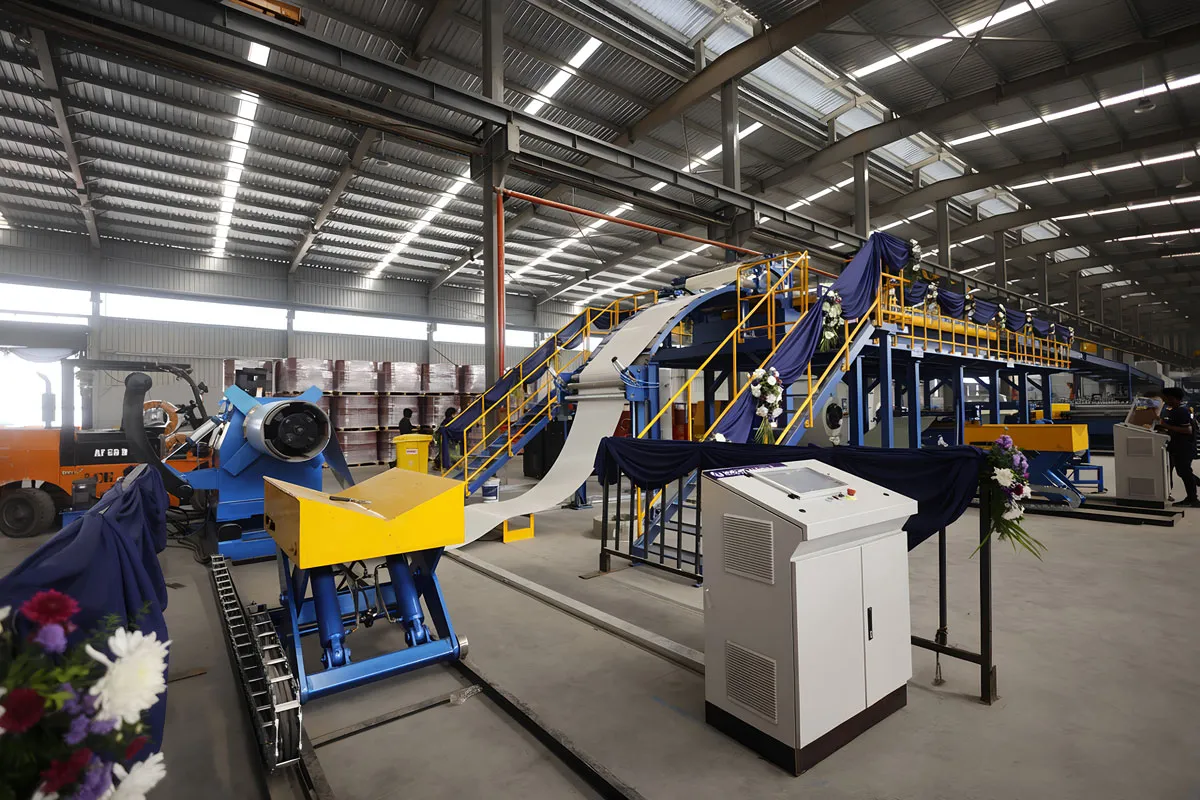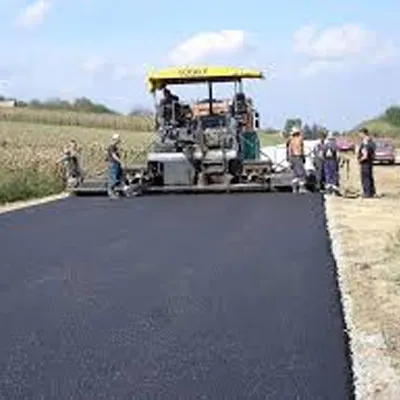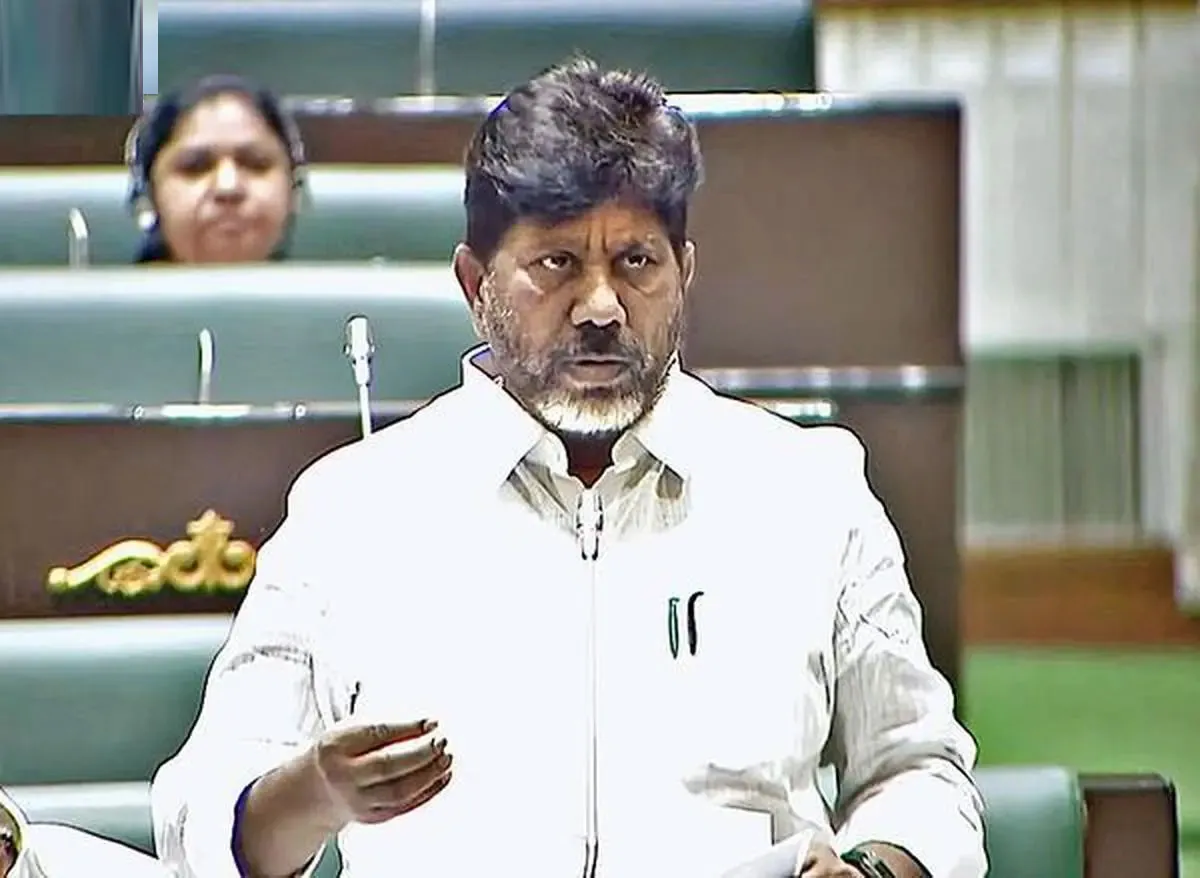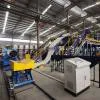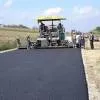Plumbing and the construction of buildings go hand in hand. On a wider scale, “demand for plumbing generally follows growth in the overall economy because that drives expansion in housing and infrastructure,” says
Sandeep Shukla, Head, Marketing & Communication, Jaquar Group. “In India, we have seen that as people gradually grow wealthier and aspire to improve their lifestyles, the demand for bigger housing units increases; this boosts the demand for plumbing.”
“Demand for plumbing is growing with the pace of growth of construction and infrastructure projects,” says Gajanan S Dikondawar, Senior General Manager, Innovation and Technology, The Supreme Industries. “Players who offer a complete product range of consistent quality backed by excellent customer service are seeing good opportunities.”
Meanwhile, Avinash Laddha, Managing Director, KiTEC Industries (India), believes “demand for plumbing is not very buoyant at present; construction is down, so demand for plumbing products is also at a low.”
Demand drivers
The residential segment being the largest generates the highest demand and is consistent, according to Dikondawar. “Demand for plumbing for commercial buildings follows, and then come the hotel and hospital segments.”
Policy decisions have helped boost demand, say industry players, citing the example of the new laws recommending the use of SS 316 grade pipes for specific applications in the healthcare and hospitality industries.
In future, Dikondawar expects government initiatives such as 24×7 metered water supply, sanitation for all, housing for all by 2022 and smart city projects to boost demand for plumbing and piping. Among new applications expanding the opportunities for plumbing products, he lists HVAC, fire-protection systems, piped gas supply and rainwater harvesting systems.
Concealed plumbing
“In metros, almost all new buildings, whether residential or commercial, are being built with concealed plumbing products,” says Sunil Kumar Duggal, Director, Northern Sanitation.
Concealed systems include concealed cisterns and piping that is hidden in the wall, floor or ceiling.
“Concealed systems improve the aesthetics of the bathroom, contribute to hygiene and are trouble free with a push panel to facilitate maintenance if needed,” says Duggal. “These typically fit into inner walls. If the wall is thinner than usual or made of hollow bricks, a ledge wall can be raised to fit the system and the actuation plate.”
Concealed cisterns typically have a thickness varying from 85 mm to 125 mm, notes BSA Narayan, Managing Director, Maple Engg-Design Services (India) and National Vice-President, Indian Plumbing Association. “They can be placed in a regular wall but for practical purposes, we always recommend the creation of a 100-mm-thick ledge wall, which additionally helps to accommodate the soil pipe coming from the water closet. Equally important, care is necessary to ensure that no beam attached to the slab gets punctured.”
Smart concealed cisterns are a bestseller for Viega; they allow architects the flexibility of fixing the flush plates on top of the ledge wall and in the front. On the other hand, Viega Mono Slim cistern allows thinner ledge walls, which help increase the inner space.
Water-saving fixtures
Demand for water-saving green plumbing products is charting a continuously upward path with buyers in both the residential and commercial segments opting for these, even though their biggest uptake is for high footfall zones, says Shukla.
Innovation by providers is raising the bar in the water-saving potential of plumbing devices. For instance, the water needed for a flush has been successfully reduced from 10 l to 3-6 l, notes Shukla.
All Viega concealed cisterns come with best-in-class dual flush for water saving.
The latest development in water-saving flushes is intelligent flushes that eliminate the need for a cistern, shares Shukla. “Such flushes pull sufficient water from pipelines and are apt for high footfall zones where the bathroom usage is high, mandating frequent flushing.”
Other well-received water-saving products from Jaquar are taps that restrict the flow of water by mixing air with the water to keep the volume intact for users. As the flow mimics foam, the taps are called foam flow taps. Sensor taps, which get turned on only when they sense a user, and pressmatic taps, which release a limited quantity of water only when pressed, also help save water.
Plumbing for high-end fittings
High-end fittings requiring adequate water pressure necessitate accurate plumbing, especially in high-rises.
“In tall buildings, gravity typically ensures sufficient pressure for high-end fittings, although accessories exist to boost the pressure,” observes Shukla. Ideally, he suggests opting for high-end fittings that do not require the installation of such extras.
To ensure that high-end fittings perform as expected, Mahindra Lifespace Developers has a practice of optimising the pressure requirements according to the fixture requirements. “We make sure that the fixtures and system are not under unnecessary or excess pressure and try to avoid the use of pressure reducing valves, which, upon failure, expose the system to unnecessary excess pressure,” says Deepak Suvarna, Chief Projects Officer, Mahindra Lifespace Developers.
“Good system design; the use of appropriate, reliable, installation-friendly material certified for the application and compliant with all the standard building codes; accurate installation and pre-inspection and testing prior to commissioning are critical to ensure the performance of high-end plumbing,” says Dikondawar.
The quality of water also impacts the performance of high-end fittings. “Filtered soft water works best for high-end fittings; this is to some extent driving the demand for water filters and softeners,” says Shukla.
Best practices for high-rises
Factors to consider when designing plumbing layouts for high-rises include the potential expansion of pipes, and the number of bends in the pipes. Minimising these bends reduces the load on hydro-pneumatic pumps and increases the life of the plumbing by lessening the accumulation of residue. This may involve opting for curve-friendly, cross-linked polyethylene (PEX) pipes. Best practices include incorporating manifolds to facilitate maintenance; they act like circuit breakers in a plumbing system and ensure system integrity, and insulating metal pipes with polystyrene strips to prevent heat loss/gain in long stretches, especially in hospitality properties where it is critical to maintain the temperature of water held in the pipeline.
Identifying other best practices, Suvarna attests to using “only underslung drainage and water supply systems, reducing the mechanical equipment and accessories in the systems, minimising the number of fittings as those are potential areas of leakage, banning the use of sockets, and avoiding the concealing of joints.”
Choice of tanks
A wide range of storage tanks is available in the market. Supreme offers overhead water tanks up to 10,000 l, underground water tanks up to 100,000 l, readymade septic tanks and other customised products. This is over and above Supreme’s Aquagold uPVC high pressure plumbing system, the Lifeline CPVC hot and cold water system, the Indo Green PP-R plumbing system, Flameguard, a CPVC fire sprinkler system, Skyrise, a hi-tech low noise SWR building drainage system, and the Nu-drain underground drainage system.
Customers are opting for readymade tanks over conventional concrete tanks.
“We prefer sectional water tanks instead of conventional concrete water tanks because they are lighter, faster to install and easier to maintain,” says Suvarna.
“Sintex-styled readymade storage tanks are preferable for being easy to install,” says Hiren Patel of Hiren Patel Architects. “However, we still raise brick walls to enclose them, for additional protection from weather elements and to enhance the aesthetics, as water tanks are prominent features of our projects.”
- CHARU BAHRI
